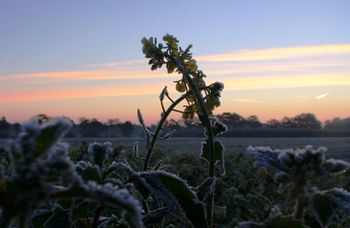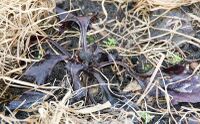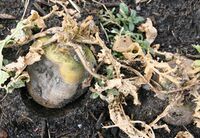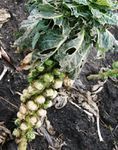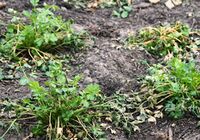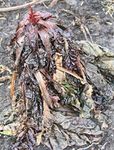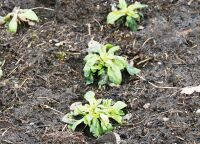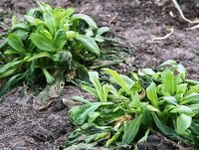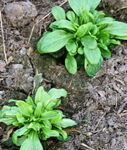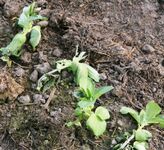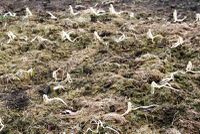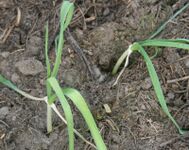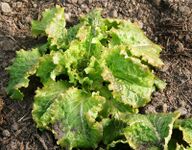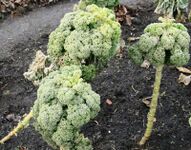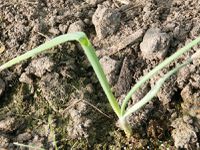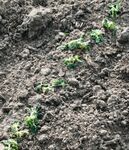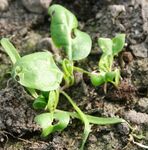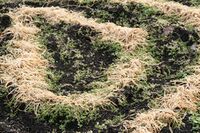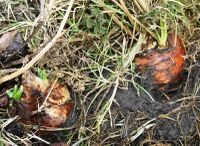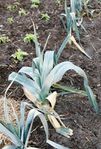Difference between revisions of "Winter garden"
| Line 29: | Line 29: | ||
| [[Jerusalem artichoke]] ||style="background:PaleGreen"| ||style="background:PaleGreen"| ||style="background:PaleGreen"| ||style="background:PaleGreen"| | | [[Jerusalem artichoke]] ||style="background:PaleGreen"| ||style="background:PaleGreen"| ||style="background:PaleGreen"| ||style="background:PaleGreen"| | ||
|- | |- | ||
| − | | [[Kale]] || || ||style="background: | + | | [[Kale]] || ||style="background:PaleGreen"| ||style="background:PaleGreen"| ||style="background:PaleGreen"| |
|- | |- | ||
| [[Onion]] ||style="background:PaleGreen"| ||style="background:PaleGreen"| ||style="background:PaleGreen"| ||style="background:Pink"| | | [[Onion]] ||style="background:PaleGreen"| ||style="background:PaleGreen"| ||style="background:PaleGreen"| ||style="background:Pink"| | ||
Revision as of 17:40, 18 February 2012
- Topic in Gardening courses
Winter is a time of waiting and preparing for a gardener. But there are some crops that you harvest in winter or that you can sow in autumn and, after surviving winter frost, give you an early harvest in spring. Some vegetables are typical winter crops, such as chicory, kale and Brussels sprouts. Yet there are more vegetables of the winter garden.
Table frost sensitivity
| Meaning of colors | Green[1] | Pink[2] | Red[3] |
|---|
| Crop | Spring [4] | Early autumn[5] | Late autumn[6] | Winter[7] |
|---|---|---|---|---|
| Asparagus | ||||
| Cauliflower | ||||
| Celery, ribbed | ||||
| Eggplant | ||||
| Endive | ||||
| Gherkin | ||||
| Jerusalem artichoke | ||||
| Kale | ||||
| Onion | ||||
| Onion, winter- | ||||
| Strawberry |
- ↑ Hardy, has no problem with this type of weather
- ↑ Risk for damage, sometimes dependent on cultivar
- ↑ Doesn't tolerate this type of weather
- ↑ From March to May; night frost, but no frost during the day
- ↑ Usually from late September; night frost sporadically
- ↑ From late October; night frost more regularly
- ↑ December to February; periods of frost also during the day
Photo gallery of vegetables after frost period
All these photos were taken after a few weeks with continuous freezing temperatures down to sometimes -4 F (-20 C). The situation was quite special in this winter as this cold period in late January and early February was preceded by a very warm November and December. I had sown and planted winter crops in October and November in my garden, cold frame and unheated greenhouse, and all of them had grown as they would have done in early spring. Those plants suddenly got to deal with deep frost over an extended period.
These beetroot plants were sown ca. August. They were covered with straw before it began to freeze. I don't yet know if they will survive, but it looks like they will do.
This is a big turnip of ca. 1 kg. Because i had read that these turnips are hardy, i had not protected them with straw. However, the root has become soft and can probably not be used for consumption.
A smaller turnip species, it's entirely gone.
Brussels sprouts can withstand frost, but nevertheless these plants have been affected
Celery plants in a cold frame. These plants were sown in the summer and had little difficulty.
A chard plant. It did survive but won't be good for consumption anymore. It will probably flower and gives seeds.
These corn salad plants have suffered but can later be harvested.
These corn salad plants are in a cold frame and look better than the ones outside.
In a greenhouse, corn salad plants are even better protected against frost.
To my surprise these fava bean plants were affected by the frost, although they are in a greenhouse. These were sown in November and the picture is taken in February.
These garlic plants grew from cloves planted before winter. Here they are shown after an extended period of frost. They will survive but have suffered, even though the soil was covered with mulch.
Garlic plants with the same history as those of the former picture, but these ones grew in an unheated greenhouse.
Iceberg lettuce in a cold frame, sown in September, photo taken in February, survived during strong frost under an extra sheet of plastic.
Iceberg lettuce in a greenhouse, sown in September, photo taken in February, survived during strong frost under an extra sheet of plastic.
Onion plant that grew from a small bulb, planted before the winter in a greenhouse.
Peas in greenhouse. They have been damaged more than i expected.
These rapeseed plants still blossomed before the frost.
This rhubarb plant had already begun to grow in winter. After the period of frost it's still undamaged.
Spinach in greenhouse, undamaged after frost.
To my surprise these rye plants did not make it, probably because it's a summer rye cultivar.
Winter leek

